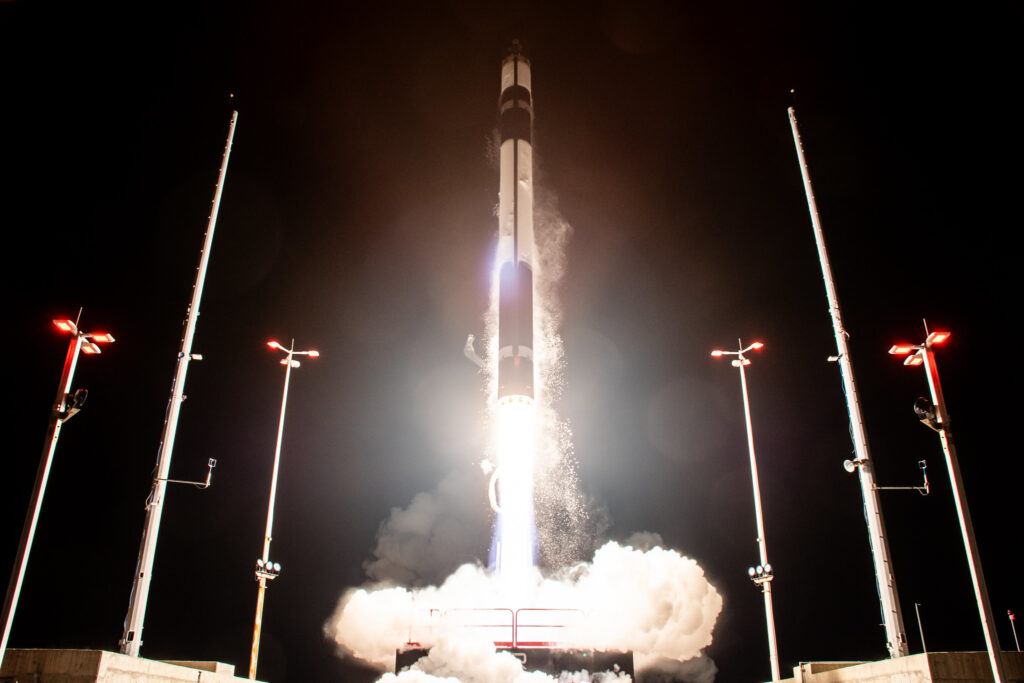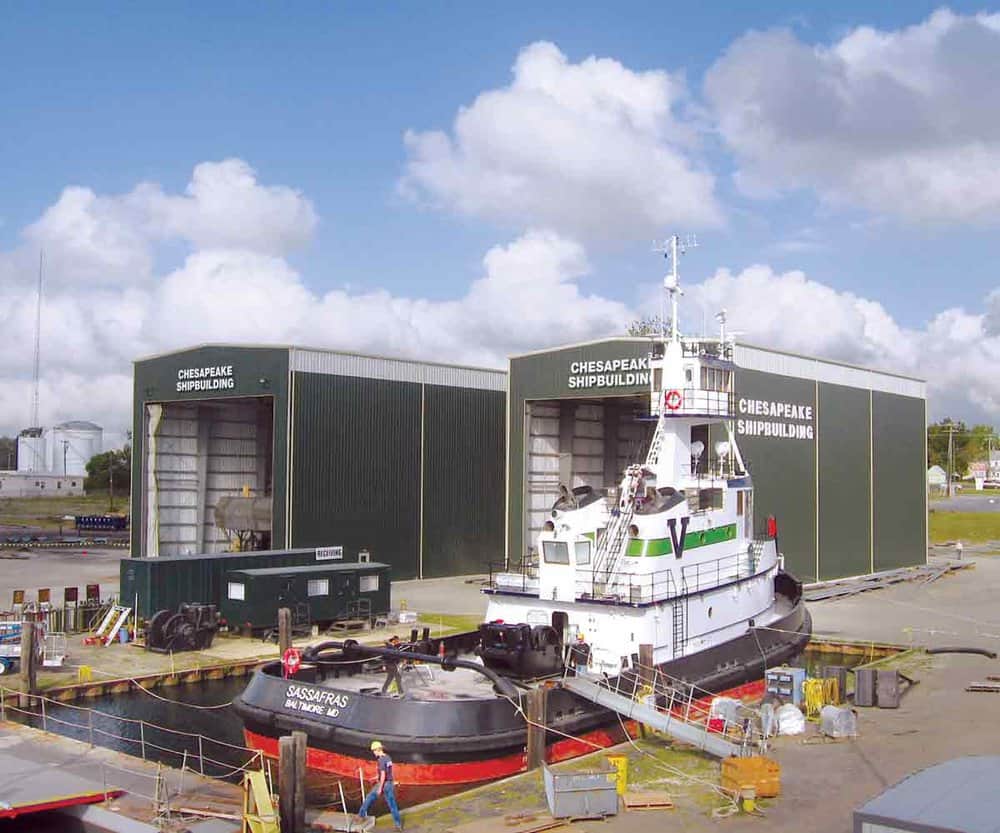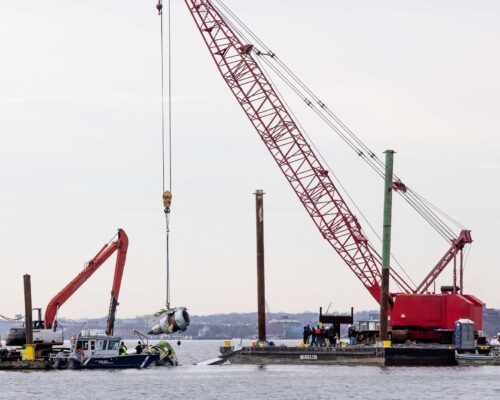It’s always exciting when rockets launch from the NASA flight facility in Wallops Island, Virginia. They’re often visible up and down the Chesapeake Bay. This one was especially exciting for its classified, U.S. intelligence payload—but you had to stay up into the wee hours to see it.
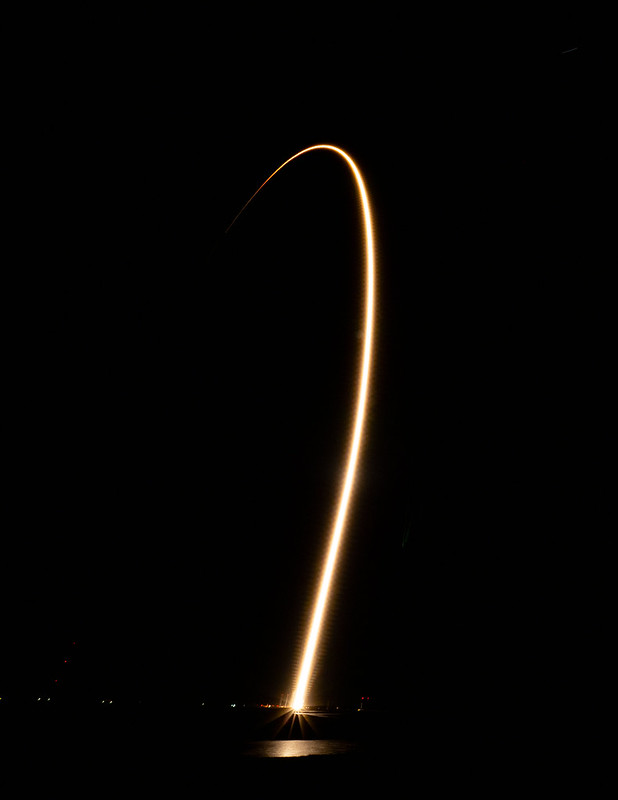
The National Reconnaissance Office (NRO) satellite launch we told you about this week sped off successfully from Wallops Island on March 21, 2024, supported by NASA’s Wallops Flight Facility and conducted by Rocket Lab.
This mission, titled “Live & Let Fly,” marked Rocket Lab’s first NRO launch from U.S. soil, specifically from Launch Complex 2 at the Wallops Island Flight Facility. Prior to this, Rocket Lab had conducted four successful launches for the NRO from New Zealand. The launch time was planned for no earlier than March 21 at 2:40 a.m., but there was a four-hour launch window that lasted until 6:30 a.m. The mission aimed to explore launch opportunities for small satellites and remains classified, although satellite trackers typically attempt to identify the payloads shortly after launch to determine their orbits.
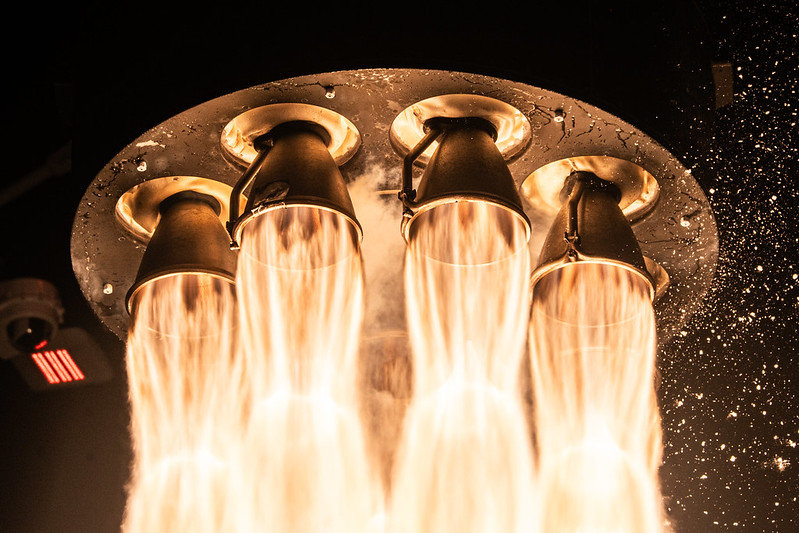
After waiting for the right conditions, the launch finally lifted off at 3:25 a.m. local time and was livestreamed. The stream ended at about 11 mins after the launch, likely at the request of of NRO officials.
The classified payload from NRO’s “Live & Let Fly” mission is a part of the NRO’s larger operations profile. While the specific details of the payload remain classified, such NRO missions typically involve the deployment of intelligence-gathering satellites to support national security and global monitoring effort. NRO is responsible for designing, building, launching, and maintaining America’s intelligence satellites. Given the classified nature of most NRO missions, specific objectives are often not publicly disclosed in detail.

